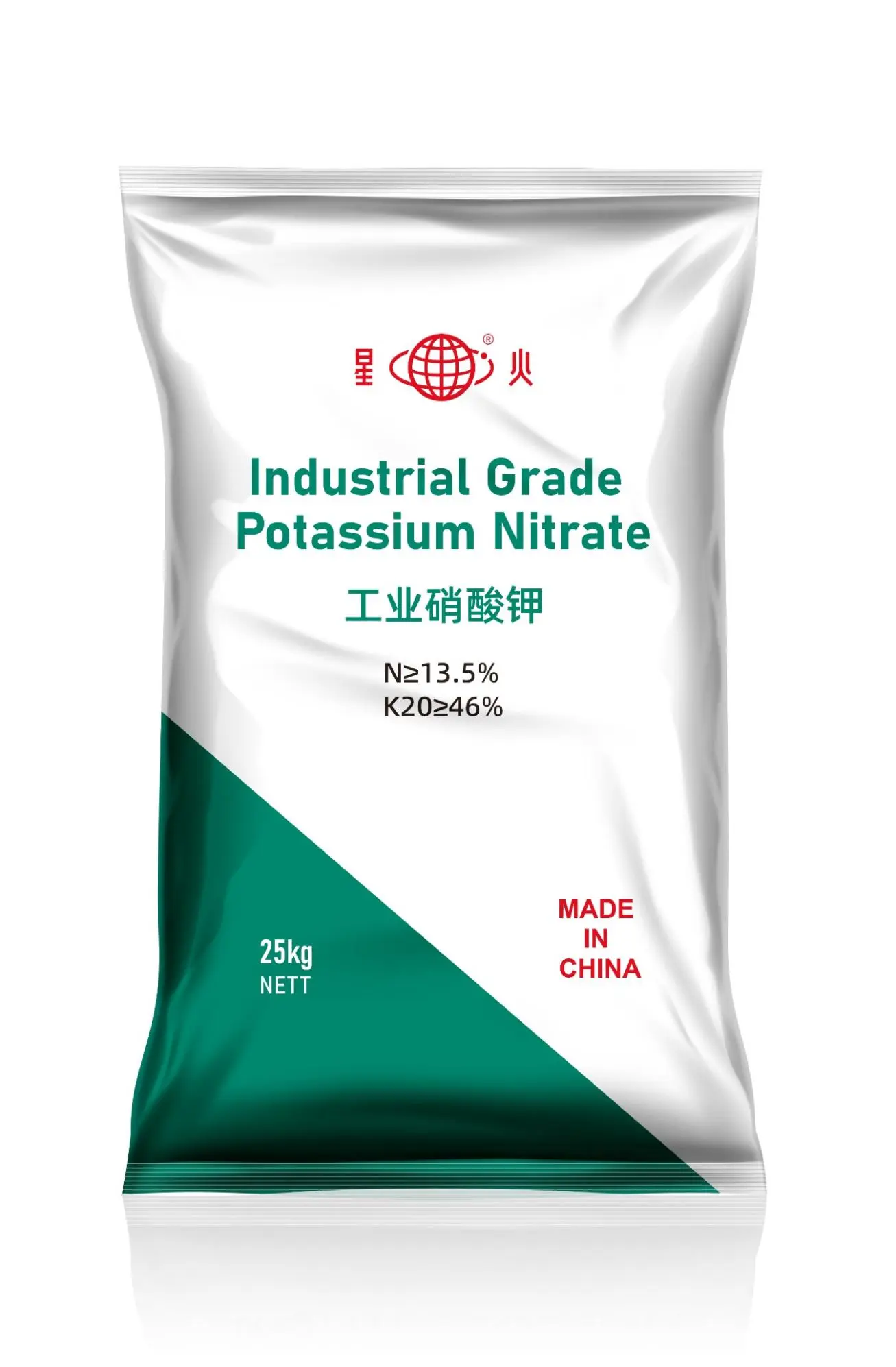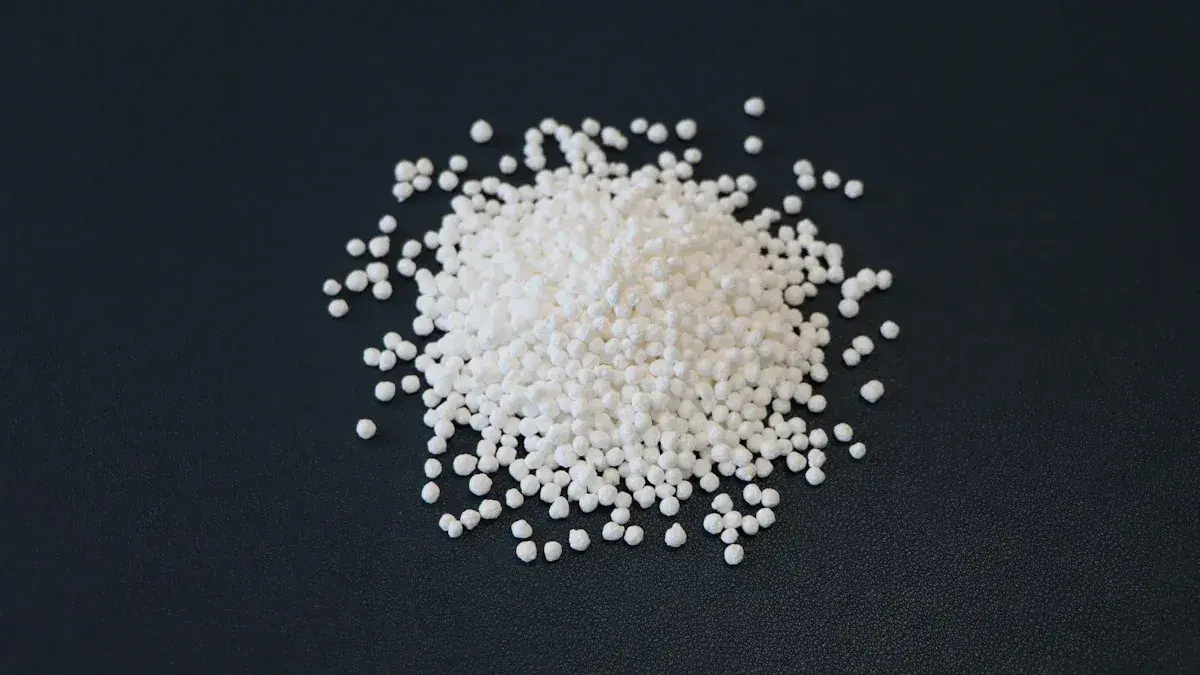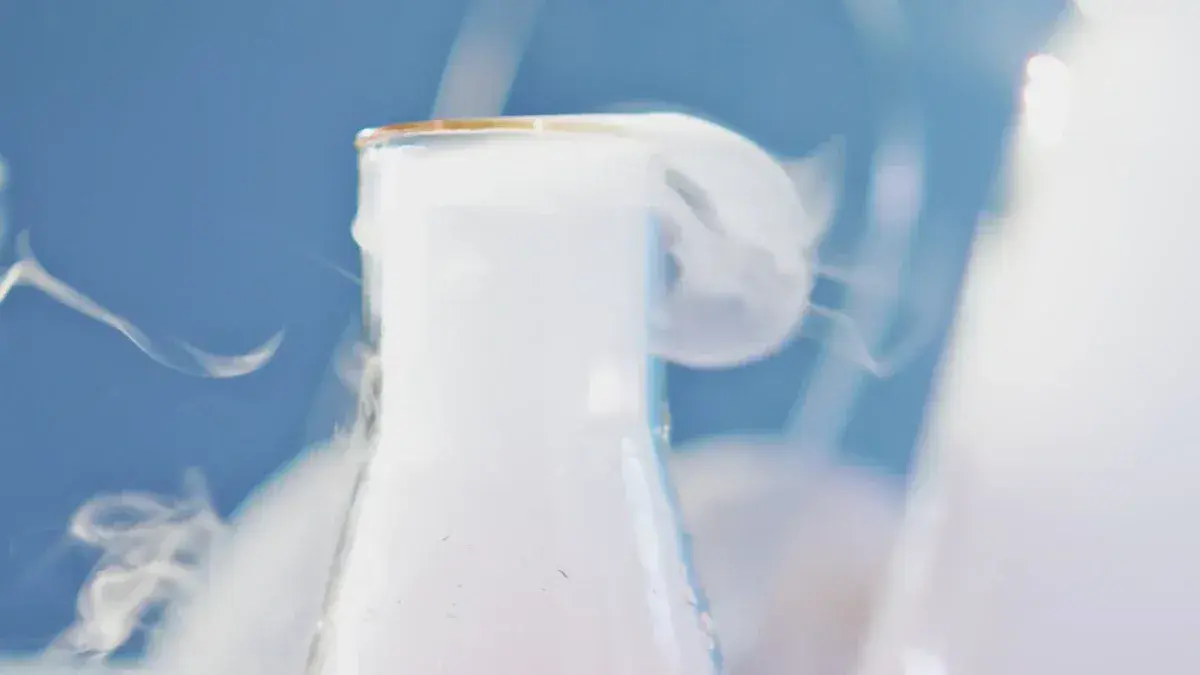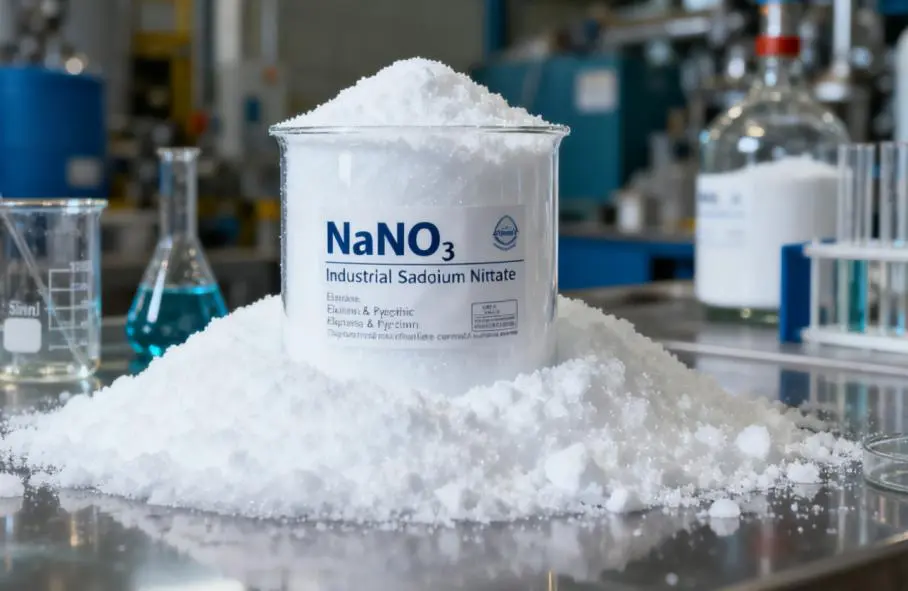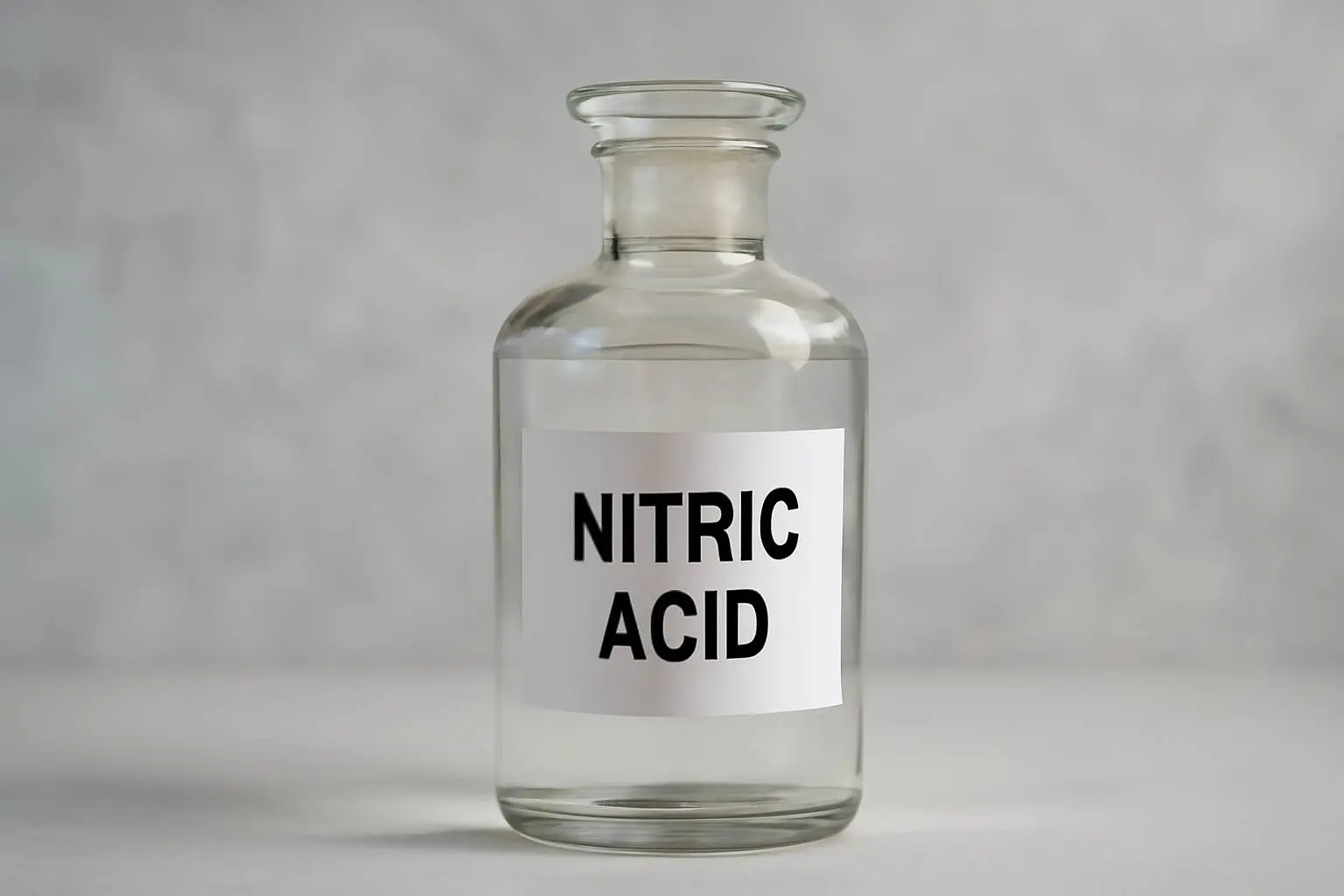What Is 60 Percent Nitric Acid and How Is It Used

You encounter Nitric Acid 60% as a solution that holds 60% pure nitric acid by weight. This chemical acts as a strong oxidizer and supports many industries.
You see it most in agriculture, where it helps create fertilizers. In mining and metallurgy, it aids in producing explosives. Automotive, pharmaceuticals, and water treatment also depend on this compound.
| Application Area | Market Share (%) |
| Agriculture | >60% |
| Mining and Metallurgy | ~15% |
| Automotive and Pharmaceuticals | ~15% |
| Pharmaceuticals | ~5% |
| Metal & Water Treatment | ~5% |
Chemical Properties of Nitric Acid 60%
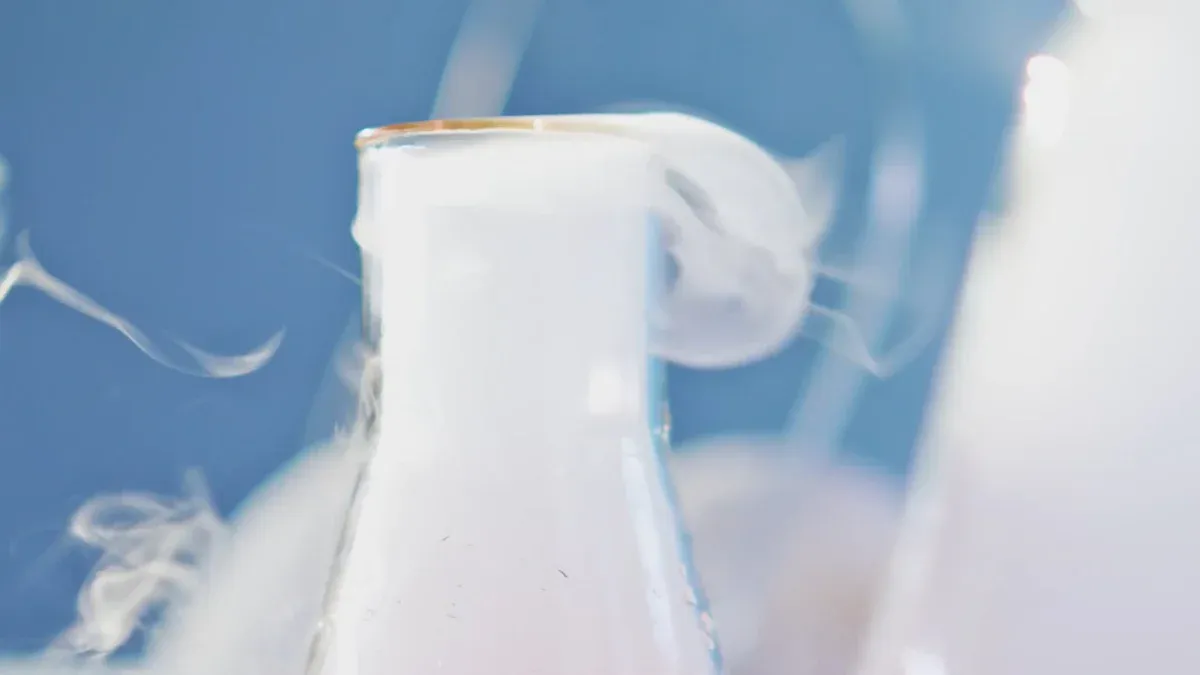
Concentration and Composition
You work with Nitric Acid 60% as a solution that contains 60% pure nitric acid by weight. This means that for every 100 grams of solution, 60 grams are Nitric Acid And 40 grams are water or other minor impurities. You find that this concentration gives the acid strong chemical activity, but it is not as aggressive as the highest grades. Many industries choose this concentration because it balances reactivity and safety.
Tip: You should always check the concentration before using nitric acid in any process. The chemical behavior changes with different strengths.
Here is a table that shows how concentration affects the properties of nitric acid:
| Concentration | Property | Description |
| 70% | Strong oxidizing agent | Nitric acid acts as a strong oxidizer in water solutions. |
| 20% | Passivation | At low concentrations, nitric acid helps protect stainless steel surfaces. |
| High | Corrosion risk | Hot, Concentrated Nitric Acid can cause corrosion in some metals. |
Physical Characteristics (Color, Odor, Density)
You notice that Nitric Acid 60% looks colorless or sometimes deep yellow. The color can change if the acid breaks down or if it contains dissolved nitrogen oxides. You smell a sharp, bitter odor that can feel suffocating even at very low levels. You should never breathe in the fumes, as they can harm your lungs.
Here is a table that describes the physical properties of Nitric Acid 60%:
| Property | Description |
| Color | Colorless to deep yellow |
| Odor | Suffocating fumes, detectable below 5.0 ppm |
| Density | 1.41 g/mL at 20 °C |
You compare the density of Nitric Acid 60% to other common acids in the lab:
| Acid | Concentration | Density (g/cm³) |
| Nitric acid | 60% | 1.37 |
You see that Nitric Acid 60% is heavier than water. This helps you measure and mix it accurately in experiments.
Reactivity and Oxidizing Power
You use Nitric Acid 60% because it acts as a strong oxidizing agent. This means it can react with many metals and organic materials, causing them to lose electrons. You find that higher concentrations make the acid even more reactive. At 60%, it is strong enough to dissolve metals like copper and silver, but it is less dangerous than the pure acid.
- Nitric acid shows strong oxidizing power, especially at higher concentrations.
- At 20% or less, it helps protect stainless steel from rust.
- Hot nitric acid can cause corrosion in some metals because of its oxidizing strength.
You should know that the presence of nitrous acid in the solution can change how Nitric Acid 60% reacts with metals. This can affect the rate at which materials corrode or change color.
Note: Always use proper safety gear when handling Nitric Acid 60%. Its strong oxidizing power can damage skin, eyes, and clothing.
Stability and Storage Considerations
You need to pay close attention when you store Nitric Acid 60%. This chemical stays stable at normal room temperatures. If you heat it above 68 °C, it starts to break down. When decomposition happens, the acid releases toxic nitrogen dioxide gas. You must keep the acid away from heat sources and sunlight to prevent dangerous reactions.
You should always use containers made from materials that resist corrosion. Nitric Acid 60% attacks many metals and some plastics. Glass and certain types of plastic, like PTFE, work best for storage. You must avoid using containers made from steel or aluminum because the acid can damage them quickly.
Tip: Store Nitric Acid 60% in a cool, dry place with good ventilation. Keep the container tightly closed to stop fumes from escaping.
You need to separate this acid from reducing agents and combustible materials. If Nitric Acid 60% touches these substances, it can react violently. Sometimes, these reactions cause explosions or fires. You should also keep the acid away from organic materials, like paper or wood.
Here is a table that shows common hazards and conditions you may face during storage:
| Hazard/Condition | Description |
| Corrosive Nature | Highly corrosive to skin, causing severe injury. |
| Decomposition | May decompose under heating or photochemically, releasing toxic gas. |
| Reaction with Reducing Agents | Can undergo violent reactions, possibly leading to explosions. |
You can follow these simple rules to keep Nitric Acid 60% safe:
- Use containers made from glass or PTFE.
- Store in a cool, dry, and well-ventilated area.
- Keep away from heat, sunlight, and reducing agents.
- Check containers often for leaks or damage.
- Wear gloves and goggles when handling the acid.
If you follow these steps, you lower the risk of accidents and keep your work area safe.
Common Uses and Applications of Nitric Acid 60%
Industrial Manufacturing
You see Nitric Acid 60% play a big role in many factories around the world. This chemical helps you make important products that people use every day. You find it in the production of fertilizers, explosives, and many other chemicals.
Here is a table that shows how different industries use Nitric Acid 60%:
| Industry | Use of Nitric Acid |
| Agricultural | Producing ammonium nitrate fertilizers for crop yields. |
| Mining | Producing explosives like nitroglycerin and Ammonium Nitrate-based explosives for various operations. |
| Chemical | Manufacturing compounds such as adipic acid, nitrobenzene, and toluene diisocyanate. |
You notice that the agricultural industry uses the most Nitric Acid 60%. Farmers depend on fertilizers made from this acid to help crops grow strong and healthy. In mining, you use it to make explosives that help break rocks and reach valuable minerals. Chemical factories use Nitric Acid 60% to create many other chemicals that go into plastics, foams, and dyes.
When you look at how factories use Nitric Acid 60%, you find several main processes:
- Mono Medium Pressure Process
- Mono High Pressure Process
- Dual Pressure Process
Each process helps you control the reaction and make the products you need safely and efficiently.
Tip: You should always follow strict safety rules when working with Nitric Acid 60% in industrial settings. This keeps you and your coworkers safe.
Metal Processing and Etching
You use Nitric Acid 60% in metal processing because it reacts with metals in a controlled way. This acid helps you clean, etch, and prepare metal surfaces for further work. When you want to remove rust or scale from steel, you often choose this acid. It gives you a clean, shiny surface that is ready for painting or coating.
In electronics, you use Nitric Acid 60% to etch copper and other metals. This process helps you make printed circuit boards (PCBs) for computers and phones. You can also use it to refine precious metals like gold and silver. The acid dissolves unwanted materials and leaves behind pure metal.
- You can clean metal parts before welding.
- You can remove oxides from surfaces.
- You can create detailed patterns on metal sheets.
Note: Always wear gloves and goggles when you work with Nitric Acid 60%. The acid can burn your skin and eyes.
Laboratory Reagent
You find Nitric Acid 60% in many laboratories. Scientists and students use it as a reagent for chemical reactions and tests. This acid helps you analyze metals, test for purity, and prepare samples for study. You can use it to dissolve samples before running tests like atomic absorption spectroscopy.
In research, you use Nitric Acid 60% to make new compounds and study how chemicals react. It gives you a strong but manageable acid that works for many experiments. You can also use it to clean glassware and remove stubborn stains.
- You can prepare solutions for titration.
- You can digest samples for analysis.
- You can clean laboratory tools and surfaces.
Remember: Always add acid to water, not water to acid. This prevents dangerous splashes.
Electronics and Semiconductor Industry
You work with many chemicals when you make electronics. Nitric Acid 60% helps you clean and prepare surfaces in the semiconductor industry. You use this acid to remove unwanted materials from silicon wafers. These wafers form the base of computer chips and other electronic devices.
You need clean surfaces to build tiny circuits. Nitric Acid 60% reacts with metal residues and organic particles. You see the acid dissolve these impurities, leaving a smooth and pure surface. This step helps you avoid defects in microchips.
You also use this acid to etch metals. You create patterns on thin layers of copper or aluminum. These patterns form the pathways for electricity in devices like smartphones and computers. You control the etching process by adjusting the time and temperature. This gives you precise results.
Here is a table that shows how you use Nitric Acid 60% in electronics:
| Application | Purpose | Benefit |
| Wafer cleaning | Removes organic and metallic residues | Improves chip quality |
| Metal etching | Creates circuit patterns | Enables miniaturization |
| Surface preparation | Prepares for further processing | Reduces defects |
Tip: You should always rinse wafers with pure water after using Nitric Acid 60%. This step removes any leftover acid and protects the delicate surfaces.
You find that safety matters in electronics labs. You wear gloves, goggles, and lab coats to protect yourself. You use fume hoods to keep harmful vapors away. You store the acid in special containers to prevent leaks.
You see that Nitric Acid 60% gives you a balance between strong cleaning power and manageable risk. You choose this concentration because it works well for most tasks without causing too much damage to sensitive materials.
- You clean wafers before adding new layers.
- You etch metals to make tiny circuits.
- You prepare surfaces for bonding and coating.
You help build the future of technology by using Nitric Acid 60% in your daily work. You make sure each step is safe and precise.
Nitric Acid 60% Compared to Other Concentrations
Differences from Lower Concentrations (e.g., 10%, 30%)
You notice that lower concentrations of nitric acid, such as 10% or 30%, behave differently than stronger solutions. These weaker acids work well for cleaning and passivating metals. You use them to protect stainless steel from rust or to gently clean surfaces. Lower concentrations do not react as quickly with metals or organic materials. You find them safer to handle, but they do not provide the strong oxidizing power needed for tough jobs.
| Concentration | Common Use | Reactivity Level |
| 10% | Cleaning, passivation | Low |
| 30% | Mild etching, cleaning | Moderate |
Tip: You should choose lower concentrations when you want gentle reactions or need to avoid damaging sensitive materials.
Differences from Higher Concentrations (e.g., 68%, 98%)
You see that higher concentrations, like 68% or 98%, act much more aggressively. These solutions can dissolve metals quickly and release toxic fumes. You use them for powerful chemical reactions, such as making explosives or refining metals. High concentrations pose greater risks. You must wear extra protective gear and work in well-ventilated areas. These acids can corrode containers and cause burns if they touch your skin.
| Concentration | Common Use | Reactivity Level |
| 68% | Explosives, refining | High |
| 98% | Laboratory synthesis | Very High |
Note: You should never use high concentrations without proper training and safety equipment.
Why Choose Nitric Acid 60% for Certain Applications
You select Nitric Acid 60% because it gives you a balance between strength and safety. This concentration works well for industrial manufacturing, metal etching, and laboratory analysis. You get strong oxidizing power without the extreme risks of higher grades. You find it easier to store and handle than pure nitric acid. Many industries prefer this concentration for its versatility and reliability.
- You achieve effective cleaning and etching.
- You reduce the risk of accidents.
- You meet the needs of most industrial and laboratory tasks.
Choosing Nitric Acid 60% helps you work safely while getting the results you need.
Safety and Handling Guidelines for Nitric Acid 60%
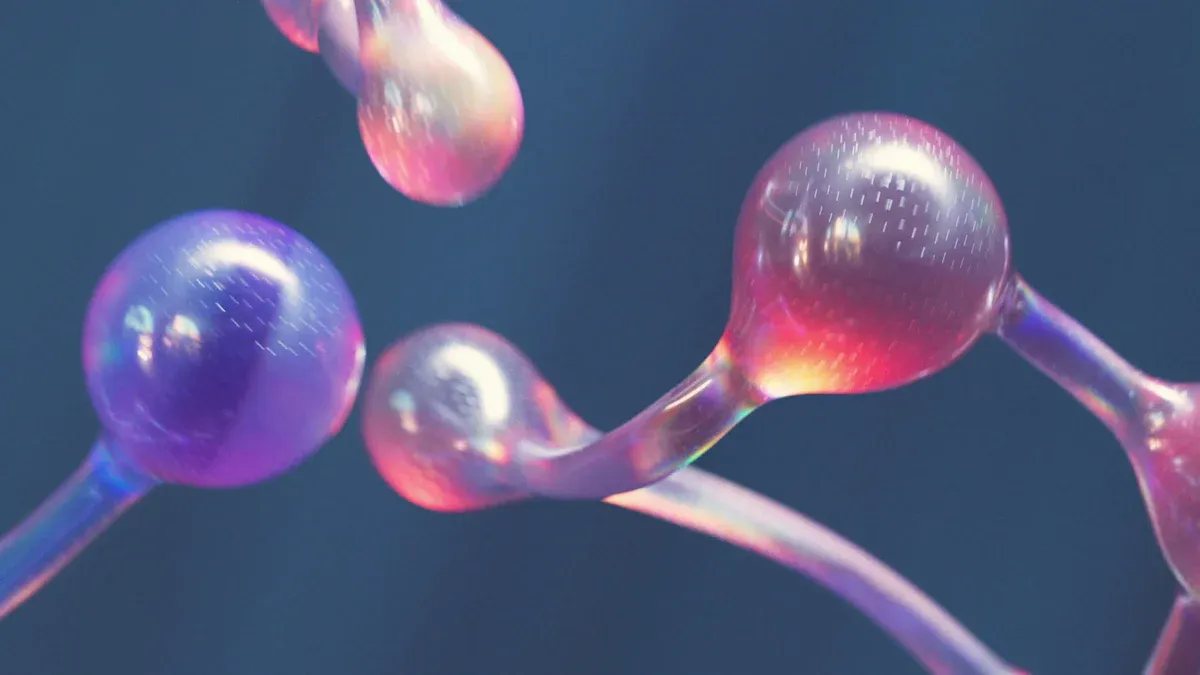
Personal Protective Equipment (PPE)
When you handle Nitric Acid 60%, you need to protect yourself from serious injuries. You should always wear chemical-resistant gloves, a lab coat, and safety goggles. A face shield gives extra protection for your eyes and face. In places with strong fumes, you must use a respirator. If you work with large amounts, you should wear a full-body apron and closed-toe shoes.
Common injuries from exposure include:
- Severe burns on your skin.
- Serious eye damage.
- Lung problems from breathing in fumes.
- Stomach injuries if you swallow the acid.
- Long-term issues like lung and dental damage.
You keep yourself safe by using the right gear every time you work with this chemical.
Safe Storage Practices
You need to store Nitric Acid 60% in a safe place. Use containers made from glass or special plastics that resist corrosion. Always keep the container tightly closed. Place it in a cabinet designed for corrosive acids. Make sure the cabinet is away from heat and sunlight.
Here is a table with best practices for storage:
| Best Practices for Storing Nitric Acid | Description |
| Compatibility with other chemicals | Store nitric acid separately from organic acids like acetic acid and picric acid. |
| Proper labeling | Ensure all containers are clearly labeled to avoid confusion. |
| Use of appropriate storage cabinets | Utilize cabinets designed specifically for corrosive acids, such as those for mineral acids. |
You should check containers often for leaks or damage. Never store this acid near flammable or reducing materials.
First Aid and Emergency Response
If you spill Nitric Acid 60% on your skin, you must act fast. Flush the area with running water or use a safety shower for at least 15 minutes. Remove any clothing that touched the acid while you stay under the water. Do not treat burns or blisters yourself; wait for medical help.
If the acid gets in your eyes, wash them with water for at least 15 minutes. Keep the affected eye lower than the other to prevent more damage. Make sure you rinse the whole eye socket.
For large spills, you need to follow emergency rules. Notify the right agency within 24 hours. Tell the EPA and send a written report. Your workplace must have a plan to inform the public and local emergency teams. You should know how to stop, contain, and clean up leaks.
Quick action can prevent serious harm. Always know your emergency procedures before you start working.
Environmental and Disposal Considerations
You must think about the environment when you use Nitric Acid 60%. This chemical can harm water, soil, and air if you do not handle it correctly. You need to follow strict rules to keep people and nature safe.
When you dispose of Nitric Acid 60%, you cannot pour it down the drain or throw it in the trash. You must treat it as hazardous waste. You should always neutralize the acid before disposal. You can use a base like sodium bicarbonate to make the acid safe. You need to check the pH after neutralization. The pH should be close to 7 before you move to the next step.
Tip: Always add the acid to the base slowly. You prevent splashing and dangerous reactions.
You must store waste nitric acid in a special container. You should label the container with the name and concentration of the acid. You need to keep the container closed and away from heat or sunlight. You must contact a licensed hazardous waste disposal company to remove the waste.
Here is a table that shows what you should do and what you should avoid:
| Do's | Don'ts |
| Neutralize before disposal | Pour down the drain |
| Use proper waste containers | Mix with other chemicals |
| Label all containers clearly | Store near food or water |
| Contact licensed disposal | Ignore local regulations |
You must follow local, state, and federal laws for chemical disposal. The EPA and other agencies set rules for handling hazardous waste. You need to keep records of how you dispose of nitric acid. You help protect the environment and avoid fines when you follow these rules.
You should also think about spills. If you spill nitric acid, you must act fast. You need to contain the spill and use absorbent materials. You must wear gloves and goggles during cleanup. You should never use sawdust or paper to clean up acid. These materials can catch fire.
Note: Responsible disposal keeps your community and nature safe. You make a difference when you follow best practices.
You work with Nitric Acid 60% as a powerful chemical that supports many industries. This acid helps you make fertilizers, clean metals, and produce electronics. You see new advancements, such as improved etching in dental care and safer production methods using oxygen injection.
- You notice growing demand in clean energy, wastewater treatment, and eco-friendly manufacturing.
- You protect yourself and others by following strict safety rules every time you handle this acid.
| Application Area | Trend Description |
| Fertilizer Production | Demand rises for food security and agriculture growth. |
| Clean Energy | Use expands in hydrogen and renewable energy. |
| Eco-Friendly Production | Focus increases on green technologies. |
Always remember: Careful handling keeps you safe and protects the environment.
FAQ
What makes Nitric Acid 60% different from other acids?
You work with Nitric Acid 60% because it acts as a strong oxidizer. It reacts quickly with metals and organic materials. You find it more powerful than many common acids, but it is safer than pure nitric acid.
Can you use Nitric Acid 60% at home?
You should not use Nitric Acid 60% at home. This acid can cause burns and release harmful fumes. Only trained professionals in labs or factories should handle it.
Always keep this chemical away from children and pets.
How do you clean up a small spill of Nitric Acid 60%?
You need to wear gloves and goggles. Use absorbent material like vermiculite. Neutralize the acid with baking soda. Dispose of the waste in a labeled container. Never use paper or sawdust.
What should you do if Nitric Acid 60% touches your skin?
You must rinse your skin with water for at least 15 minutes. Remove any contaminated clothing. Seek medical help right away.
| Step | Action |
| 1 | Rinse with water |
| 2 | Remove clothing |
| 3 | Get medical attention |
Why do industries prefer Nitric Acid 60%?
You choose Nitric Acid 60% because it gives strong cleaning and etching power. It is easier to store and handle than higher concentrations. You find it useful for making fertilizers, cleaning metals, and producing electronics.


